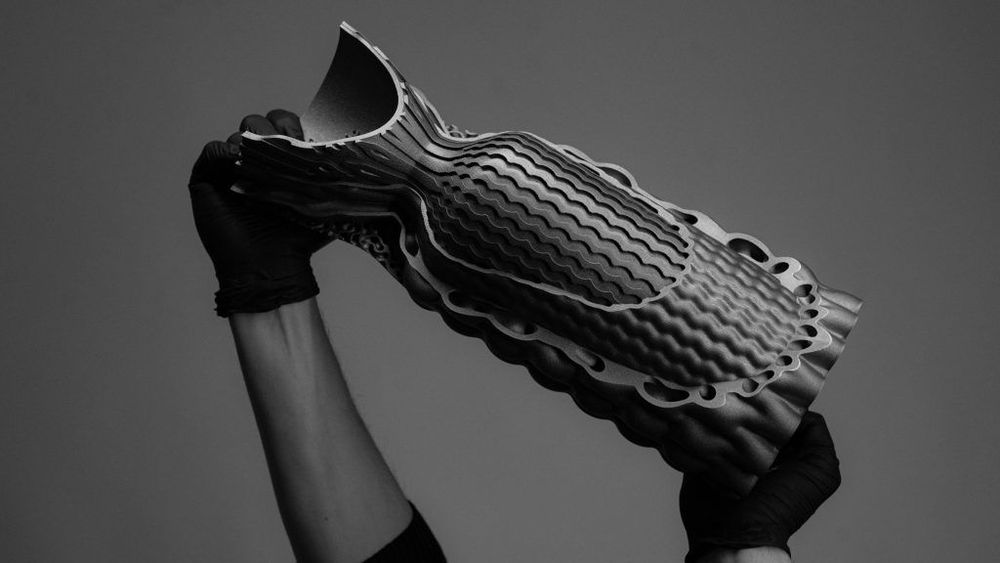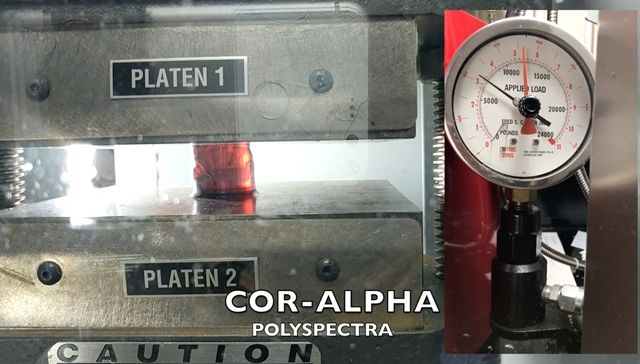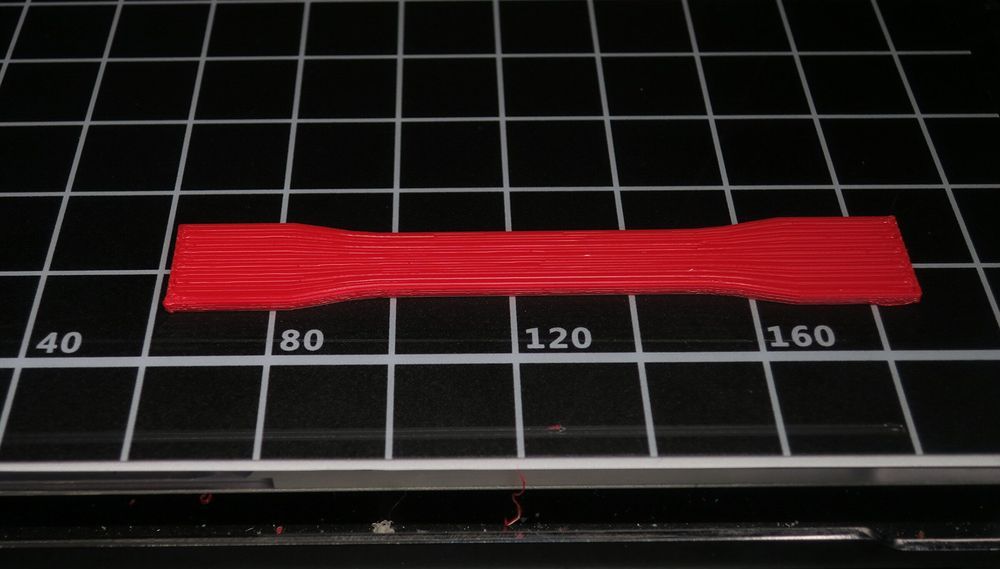U.S. Army researchers have teamed with Texas A&M University to create a new polymer material that can shape-shift and autonomously heal itself as part of a research effort to improve future unmanned air and robotic vehicles.
In early research, the first-of-its-kind, 3D-printable epoxy-based material can respond to stimuli, and researchers hope it will one day have embedded intelligence allowing it to adapt to its environment without any external control, according to a news release from Army Combat Capabilities Development Command’s (CCDC) Army Research Laboratory.
Read Next: Mortar Shells Strike Kabul as Afghans Mark Independence Day.







